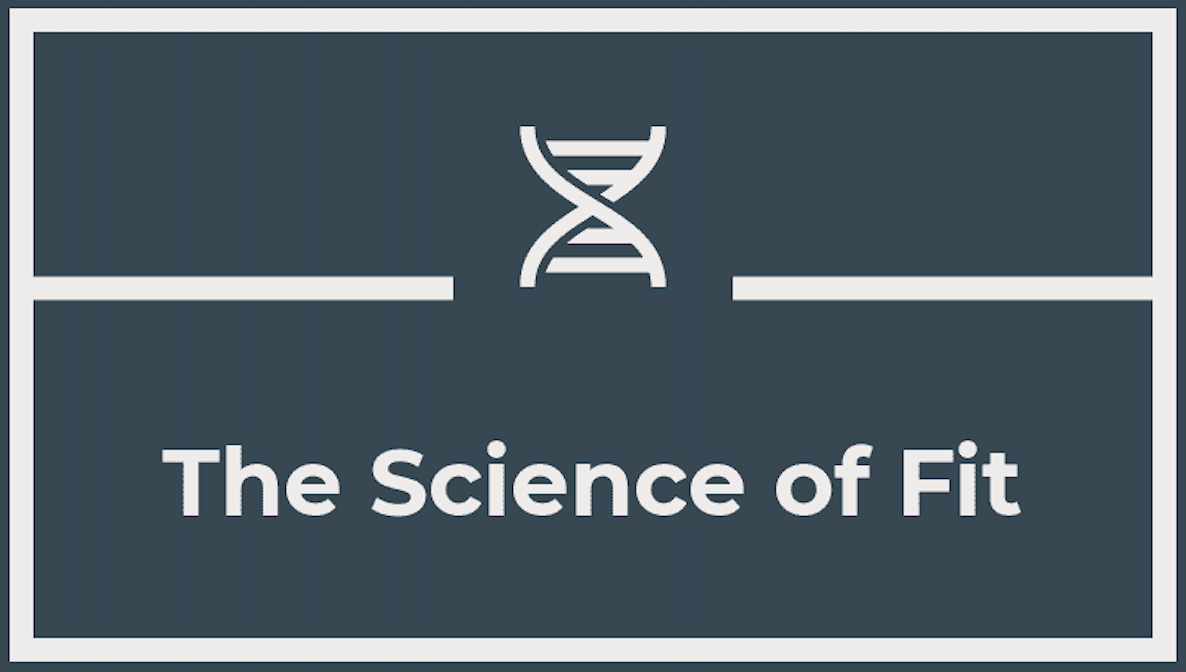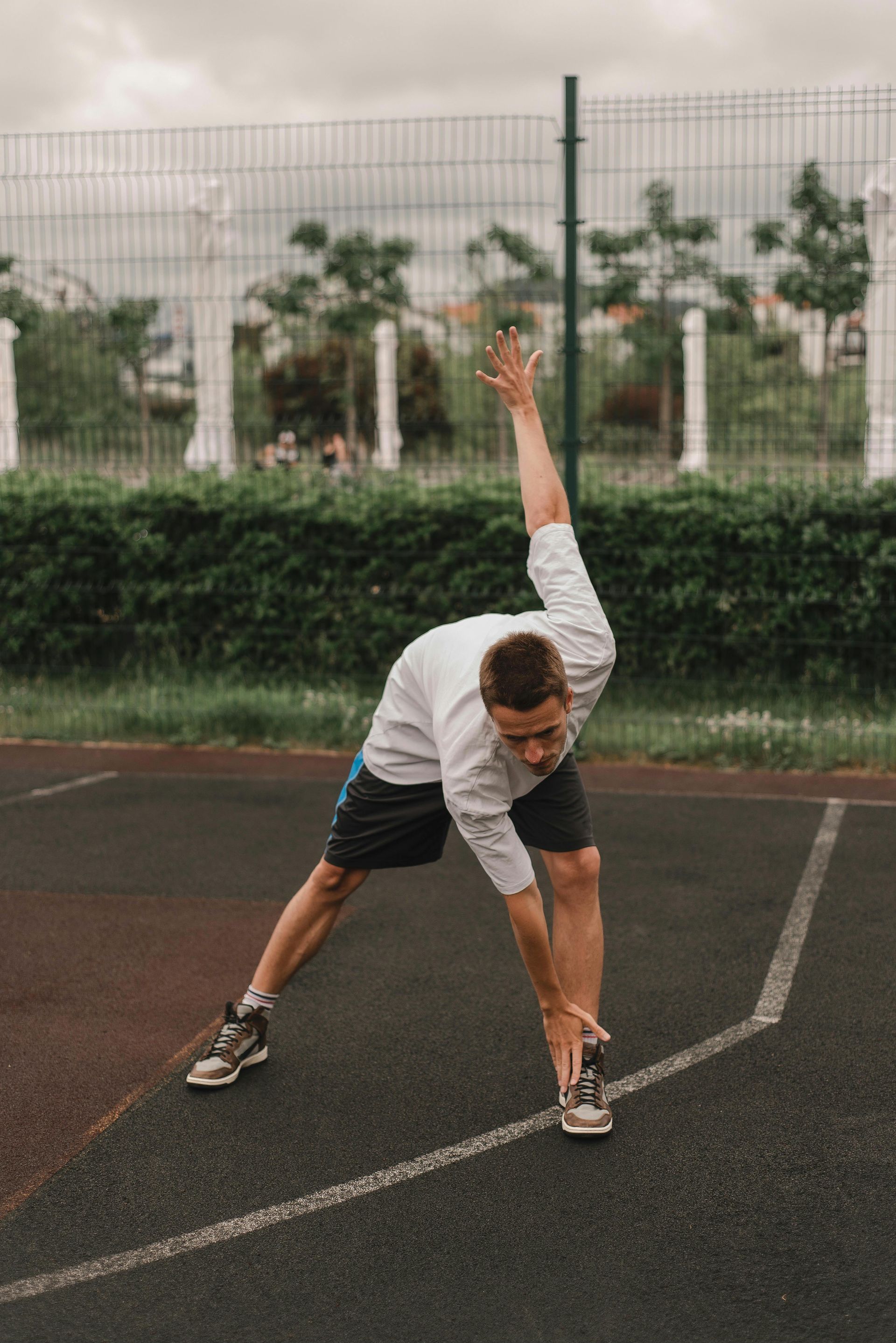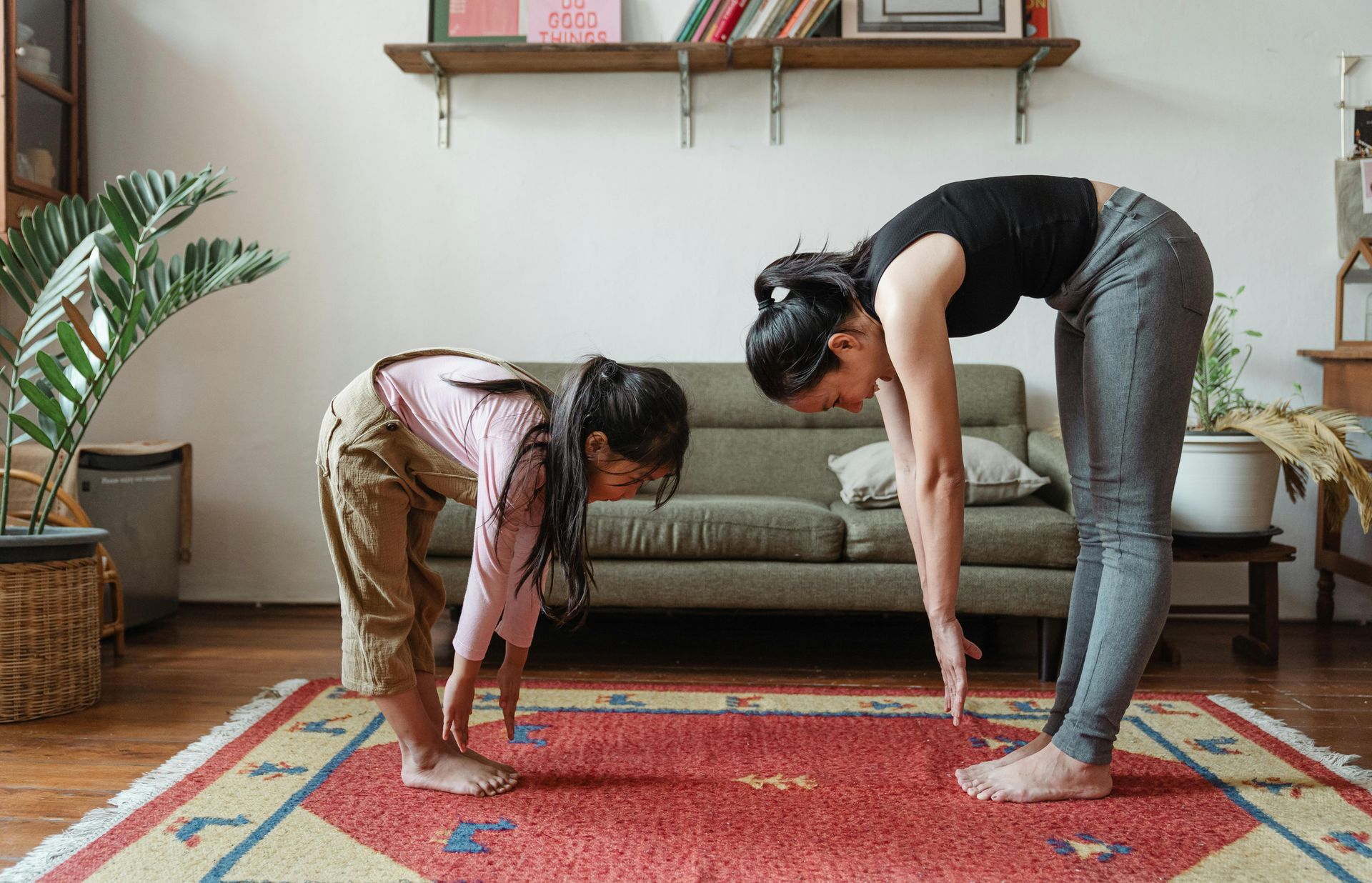Cat
The Cat Pose, also known as "Marjaryasana" in Sanskrit, is a simple yoga pose that is often used as part of a warm-up or in combination with the Cow Pose (Bitilasana) to create a flowing spinal movement. It helps to stretch and release tension in the back and spine. Here's how to perform the Cat Pose:
Step-by-Step Instructions:
- Starting Position:
- Begin on your hands and knees in a tabletop position on your yoga mat. Your wrists should be directly under your shoulders, and your knees under your hips.
- Engage Your Core:
- Inhale deeply and engage your core muscles by drawing your navel in toward your spine. This action provides stability for your spine.
- Round Your Back:
- On an exhalation, arch your back like a cat by tucking your chin toward your chest. Simultaneously, round your spine upward, bringing your tailbone down and curving your back toward the ceiling.
- Tuck Your Tailbone:
- As you round your back, tuck your tailbone under and engage your pelvic floor muscles to create a deep arch in your spine.
- Gaze at Your Navel:
- Keep your head in line with your spine, and gaze at your navel or between your knees to maintain a neutral neck position.
- Hold the Pose:
- Hold the Cat Pose for a few breaths, feeling the stretch along your entire spine.
- Return to Neutral:
- Inhale and return to a neutral tabletop position, with your back flat and your spine in a natural, relaxed curve.
Tips:
- Move in a slow and controlled manner, synchronizing your breath with the movement to enhance the stretch and relaxation.
- Focus on rounding your entire spine, from your neck to your tailbone, for the full benefits of this pose.
- The Cat Pose can be used in combination with the Cow Pose, which involves arching the back in the opposite direction. The two poses create a gentle flow and warm-up for the spine.
The Cat Pose is an excellent way to release tension in the back and promote flexibility and mobility in the spine. It's often incorporated into yoga routines as part of a sequence to prepare the body for more challenging poses.


